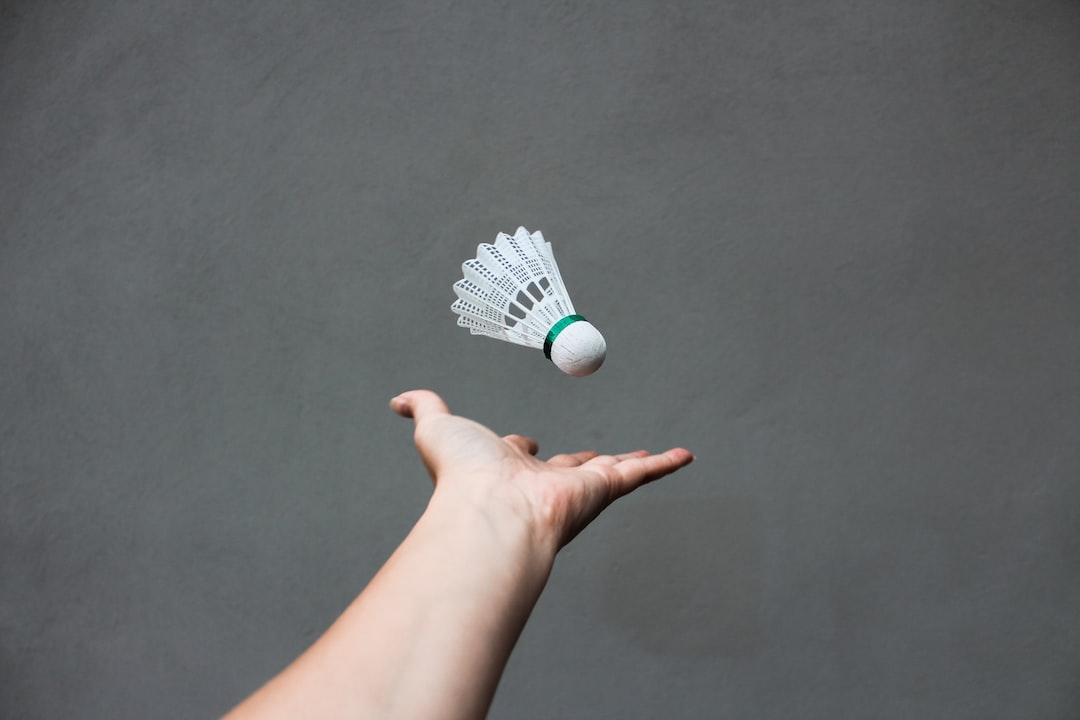The Science Behind Proper Warm-up and Cool-down for Athletes
When it comes to athletic performance, it is widely accepted that warming up before physical activity and cooling down afterward are essential for optimal results. However, have you ever wondered about the science behind it? Why are warm-up exercises considered necessary for athletes? What benefits can be obtained from a proper cool-down routine? In this blog post, we will explore the scientific reasoning behind warm-up and cool-down exercises, shedding light on their importance in enhancing athletic performance.
Firstly, let’s delve into the science behind warm-ups. When we engage in physical activity, our body undergoes various physiological changes. During a warm-up, these changes can be gradually and efficiently facilitated. A warm-up routine aims to increase blood flow to the muscles, raise the internal body temperature, and facilitate oxygen and nutrient delivery to active tissues. This revs up the metabolism and increases the efficiency of energy production, enabling the body to perform at a higher intensity and for a longer duration.
One of the primary benefits of a proper warm-up is the reduction of muscle stiffness. Cold muscles are less pliable, which increases the risk of muscle strains or tears. By raising the muscle and body temperature, a warm-up stimulates the body’s stretch reflexes, making the muscles more flexible and less prone to injury. Flexibility allows for a greater range of motion, which is beneficial for athletic performance and prevents potential damage to muscles, tendons, and ligaments.
Furthermore, a warm-up prepares the cardiovascular system for exercise. As you begin to exercise, the heart rate increases, enabling a more efficient supply of oxygen and nutrients to the working muscles. This increased blood flow also helps in removing waste products like lactic acid, reducing the likelihood of muscle cramps and fatigue. By slowly elevating the heart rate during a warm-up, the body adapts to the upcoming demand, and the risk of sudden spikes in blood pressure is minimized.
Apart from enhancing physiological readiness, warm-ups also have psychological benefits. They provide a transition from rest to physical activity, allowing athletes to mentally prepare for the upcoming task. Engaging in a pre-competition routine helps athletes focus on the present moment, fine-tune their skills, and establish a positive mindset. Moreover, warm-ups increase the secretion of endorphins, which are natural painkillers and mood elevators. This creates an overall sense of well-being and readiness to perform.
Now, let’s move on to the science behind cool-down exercises. After intense physical activity, our body experiences various changes that need to be gradually reversed. A cool-down routine aids in the recovery process by assisting the body in returning to its pre-exercise state. It allows the heart rate to gradually decrease, preventing a rapid drop in blood pressure that could result in dizziness or fainting.
One key purpose of a cool-down is to facilitate the removal of metabolic waste products, such as lactic acid, that accumulate during exercise. Lactic acid is known to cause muscular fatigue and soreness. Engaging in low-intensity exercises during the cool-down helps to flush out these waste products, reducing post-exercise muscle soreness and promoting faster recovery.
Additionally, a cool-down routine helps to regulate blood flow and prevents blood from pooling in the lower extremities. When we exercise vigorously, blood vessels in the working muscles dilate to increase blood flow. Sudden cessation of activity can cause blood to accumulate in these dilated vessels, resulting in dizziness or even fainting. Engaging in light aerobic activities during the cool-down helps to circulate blood back to the heart and brain, preventing such adverse reactions.
Cool-down exercises also aid in the reduction of muscle soreness and stiffness. As exercise causes micro-damage to muscles, the cool-down process promotes the delivery of nutrients and oxygen that aid in repair and recovery. It also helps prevent the accumulation of metabolic waste products within muscles, which can contribute to post-exercise soreness. By gradually decreasing your workout intensity, you allow the muscles to relax, preventing the onset of muscle spasms or muscle cramps.
In conclusion, the science behind proper warm-up and cool-down routines for athletes is grounded in the physiological benefits they provide. Warm-ups prepare the body for exercise, increasing flexibility, enhancing blood flow, and mentally focusing on the task at hand. Cool-downs aid in the recovery process by regulating blood flow, removing waste products, and preventing muscle soreness. Both these exercises play vital roles in enhancing athletic performance, reducing the risk of injuries, and promoting overall well-being. So, the next time you engage in physical activity, ensure you allocate adequate time for a proper warm-up and cool-down, allowing your body to reap the scientifically-backed benefits.

